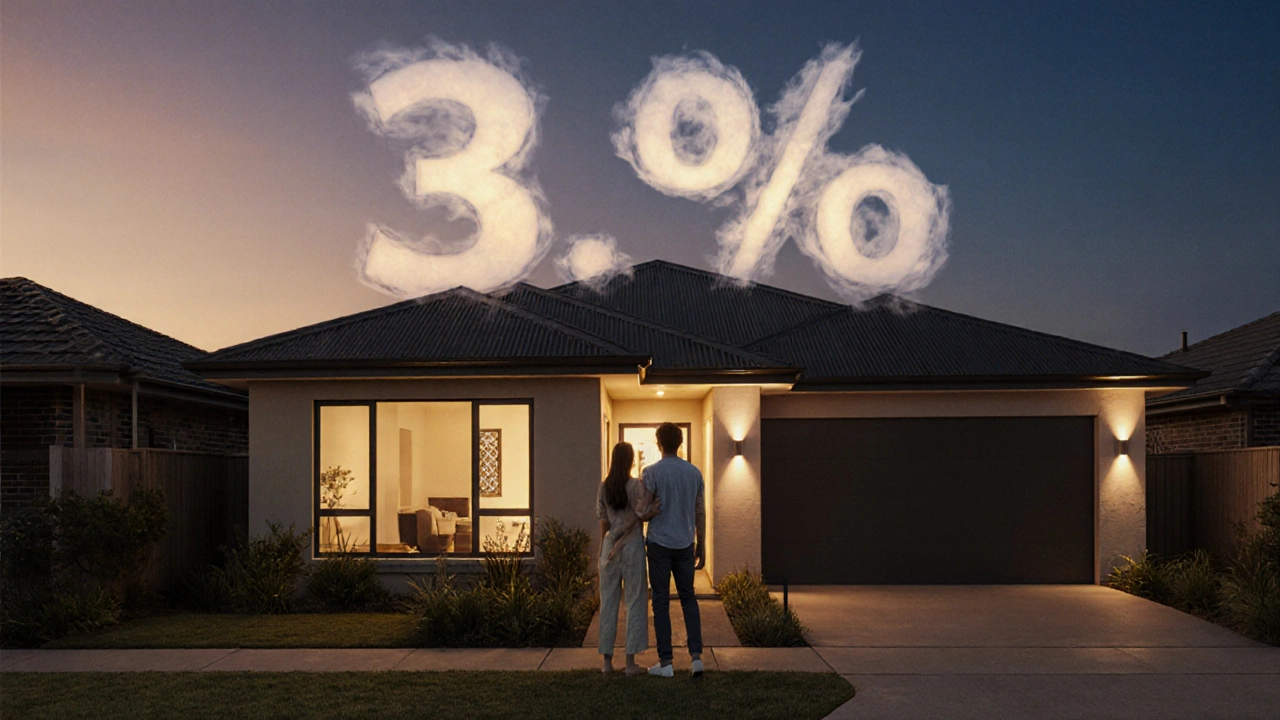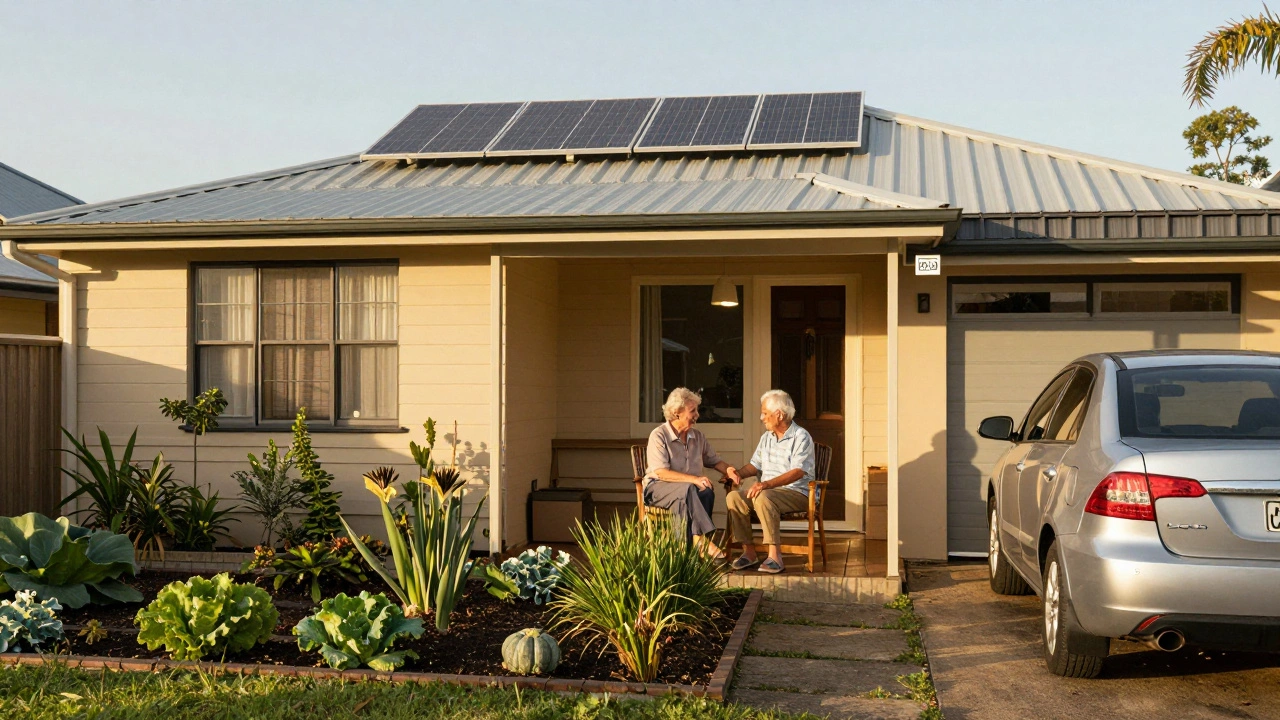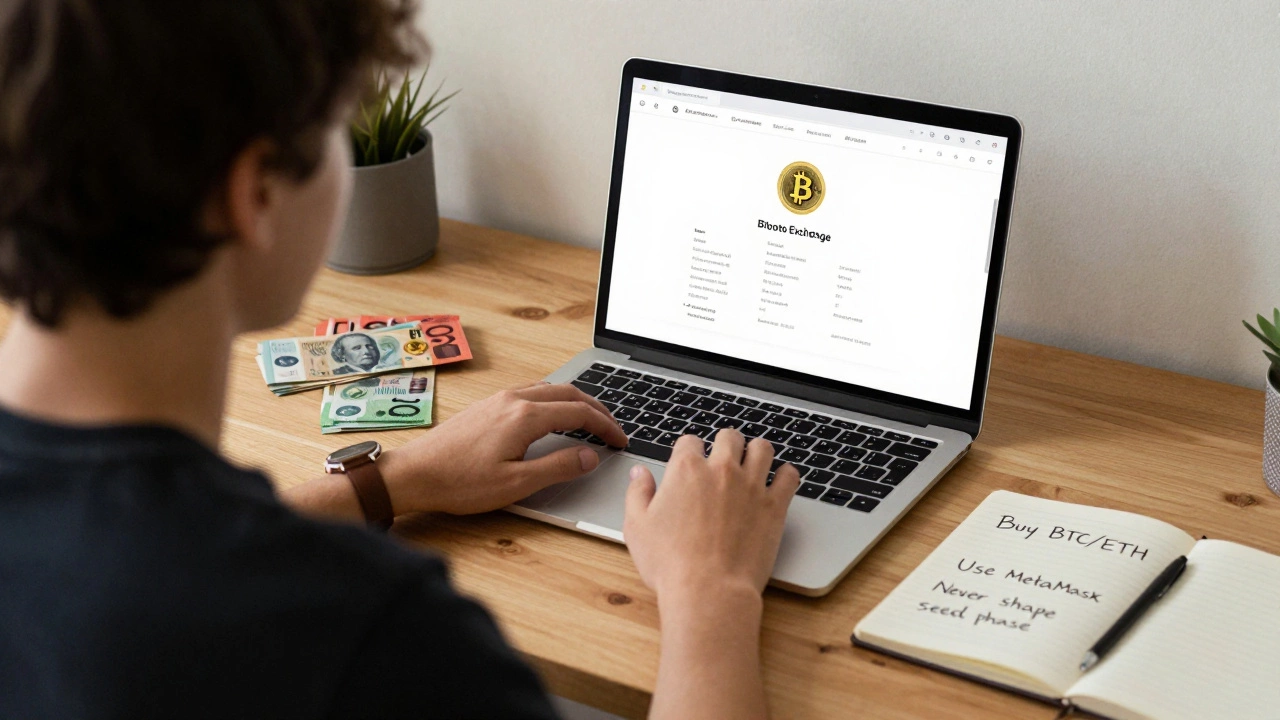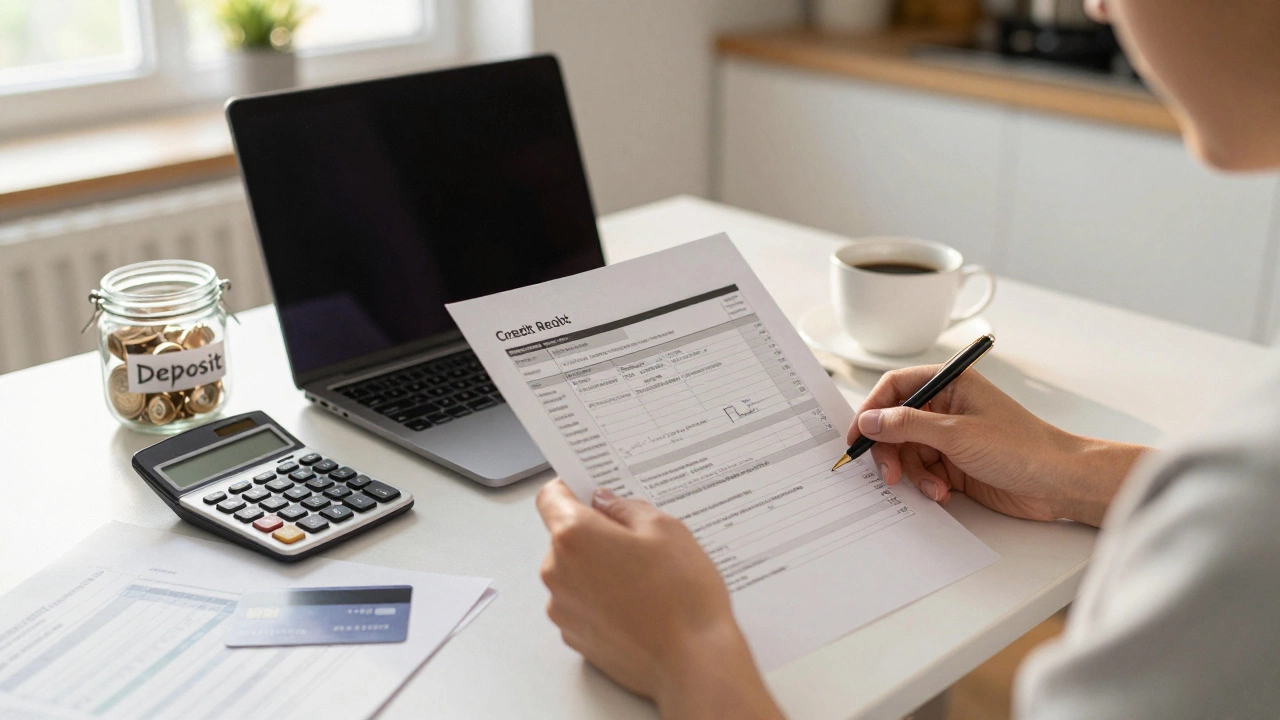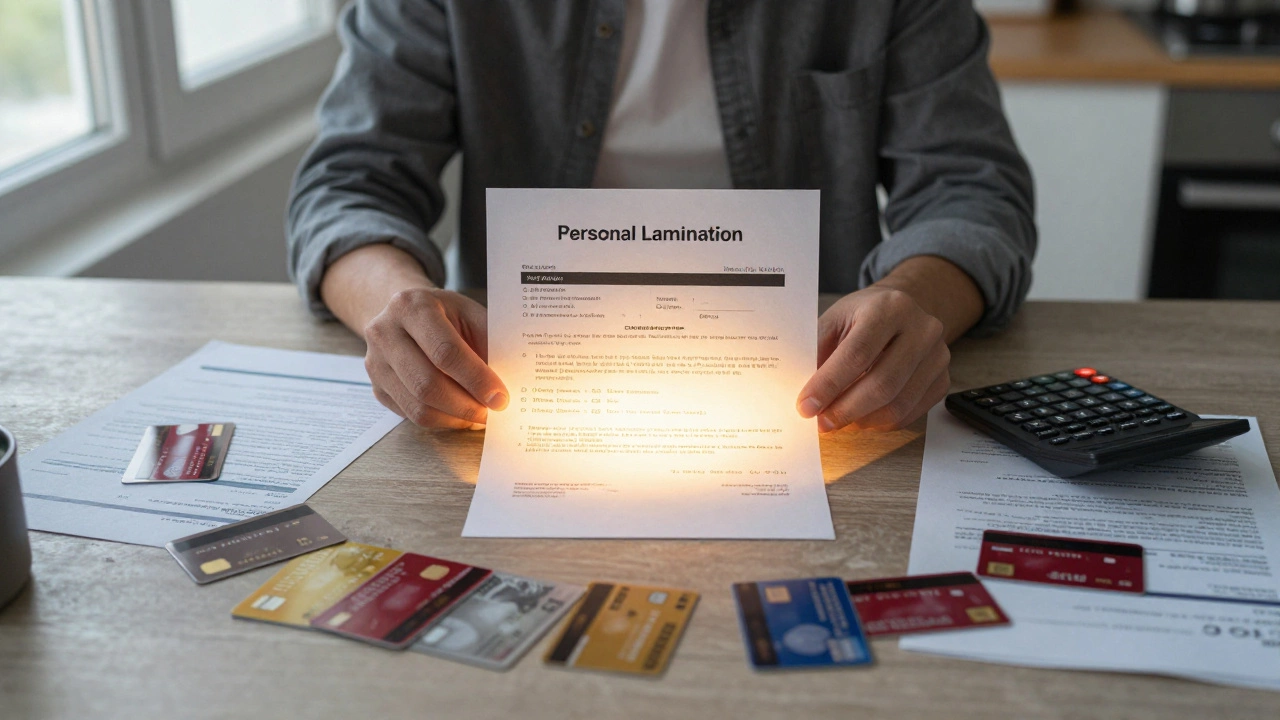Mortgage Rate Calculator
Your Monthly Payment
How This Compares to a 3% Scenario
At a 3% interest rate, your monthly payment would be $2,030.40 - saving you $393.79 per month.
This represents a potential annual saving of $4,725.48 for a $500,000 loan over 30 years.
Everyone watching the housing market wonders if the ultra‑low 3% mortgage rates we saw a few years ago could make a comeback. The answer isn’t a simple yes or no - it hinges on a mix of domestic policy, global finance, and how the Australian economy behaves in the next 12‑18 months.
Mortgage rates are the interest percentages lenders charge on home loans. They move in lockstep with the Reserve Bank of Australia's (RBA) cash rate, but they also feel the pull of bond yields, inflation, and overseas capital flows. Understanding those forces helps you decide whether to lock in a fixed rate now, wait for a dip, or refinance later.
Why 3% Was Possible - A Quick History
- In late 2020 the RBA cut the cash rate to a historic 0.10% to support a pandemic‑hit economy.
- Low global bond yields kept lender funding costs cheap.
- Housing demand stayed strong, but competition among banks drove promotional rates down to around 2.8%‑3.0% for 3‑year fixed loans.
Those conditions created a perfect storm for sub‑3% mortgages, but they were also temporary. By early 2022 the RBA started raising rates as inflation surged, pushing the cash rate to 3.35% and nudging mortgage rates above 5%.
Where We Stand in October 2025
Today the cash rate sits at 4.10%, a level last seen in 2019. Mortgage rates for a standard 30‑year variable loan hover around 5.5%‑6.2%, while 3‑year fixed products average 6.1%‑6.8%. The spread between the cash rate and mortgage rates is roughly 1.4%‑1.6%, reflecting lenders' risk premiums and funding costs.
Two things keep the market from slipping back to 3% immediately:
- Persistently high inflation. Consumer price growth remains above the RBA’s 2‑3% target, prompting a cautious stance on further rate cuts.
- Stronger global bond yields. Australian banks fund a sizable share of loans through overseas wholesale markets, and current 10‑year US Treasury yields sit above 4%.
What Drives Mortgage Rates? The Core Drivers Explained
| Factor | Current Impact (2025) | What Would Need to Change for 3%? |
|---|---|---|
| RBA cash rate | 4.10% - primary benchmark for lending costs. | Cut to about 1.5%‑2.0% and stay low for >12 months. |
| Bond yields (10‑yr Australian gov’t) | 3.7% - influences wholesale funding. | Drop below 2% to reduce lender margins. |
| Inflation expectations | 3.8% YoY - keeps policy tight. | Consistently under 2% for several quarters. |
| Housing market demand | Moderate - price growth 4% YoY. | Demand slump or price corrections >5% would ease pressure. |
| Global capital flows | Net inflows modest; offshore funding costs rising. | Stronger foreign investor appetite for Aussie assets lowers funding costs. |

Scenarios That Could Bring Rates Back to 3%
Even though the odds are slim, a few plausible pathways could push mortgage rates down close to 3% again:
- Deep economic slowdown. If GDP growth slips below 0.5% for two consecutive quarters, the RBA may feel forced to cut the cash rate dramatically to support employment.
- Sharp decline in global bond yields. A coordinated monetary easing cycle among major central banks could push Australian bond yields into sub‑2% territory, directly lowering wholesale funding costs.
- Significant deflationary pressure. A sustained drop in consumer prices would give the RBA room to lower rates without fearing a wage-price spiral.
- Policy innovation. Introduction of a new “mortgage‑rate cap” scheme or targeted subsidies for first‑home buyers could artificially compress rates for certain loan types.
Each scenario comes with trade‑offs. A deep slowdown risks higher unemployment, while aggressive bond‑market easing could spark asset bubbles elsewhere. In practice, the market will likely see modest rate reductions rather than a full return to 3%.
What Should Homebuyers Do Right Now?
While you wait for the perfect rate, the best move is to strengthen your position today.
- Lock in a fixed rate if you need certainty. With 3‑year fixed products at 6.1%‑6.8%, you can avoid the next RBA hike. Use a mortgage broker to shop the full range - some regional banks still offer 5.9%‑6.0%.
- Maintain a solid credit profile. A higher credit score can shave 0.15%‑0.25% off the offered rate.
- Consider a partially offset mortgage. Offsetting your savings against the loan balance reduces the effective interest you pay.
- Pay down high‑interest debt first. Reducing credit‑card balances improves your debt‑to‑income ratio, giving you leverage for a better mortgage deal.
- Monitor the RBA’s monthly statements. The central bank typically hints at future moves in its “Statement on Monetary Policy”.

Checklist to Track Rate Movements
- RBA cash rate - record changes after each monetary policy meeting.
- 10‑year Australian Government bond yield - watch for shifts >0.25%.
- Quarterly inflation data - aim for readings <2.5% as a softening signal.
- Housing price index - a slowdown >5% may precede rate cuts.
- Global central bank stance - especially Fed and ECB policy changes.
Cross‑checking these indicators gives you a clearer picture of whether a rate dip is on the horizon or if you should lock in now.
Frequently Asked Questions
Will mortgage rates ever hit 3% again in Australia?
A full return to 3% is unlikely unless the RBA cuts the cash rate below 2% and global bond yields fall dramatically. A modest dip into the low‑4% range is more realistic if inflation eases.
How does the RBA cash rate affect my home loan?
Lenders use the cash rate as a baseline for funding costs. When the RBA lowers the cash rate, banks can borrow cheaper, which usually translates into lower mortgage rates for borrowers.
Is it better to choose a fixed‑rate loan now?
If you expect rates to rise further, a fixed‑rate loan locks in today’s price and provides certainty. If you think rates will fall, a variable loan lets you benefit from future cuts, but it also carries risk of hikes.
Can I refinance to a lower rate without paying penalties?
Many Australian lenders impose break‑cost fees on fixed‑rate contracts. However, some offer “portability” options that let you switch without penalty, or you can wait until the fixed term ends.
What role do global bond markets play in Australian mortgage rates?
Australian banks often fund loans via overseas wholesale bonds. When global yields rise, borrowing becomes more expensive, pushing mortgage rates up even if the domestic cash rate stays steady.
Bottom line: mortgage rates are unlikely to plunge back to 3% any time soon, but staying informed lets you act fast when the market does shift. Keep an eye on the RBA, bond yields, and inflation - those three signals will tell you whether it’s time to lock in, refinance, or simply hold steady.

